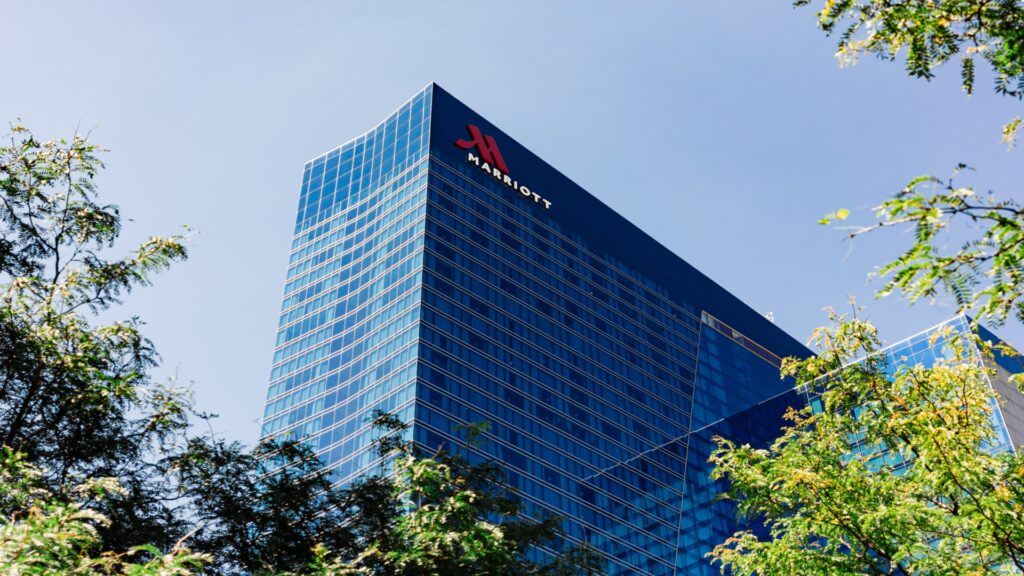
Research shows consumers desire an improved returns process, as worry about fees amid the cost-of-living crisis continues
Convenience is the name of the game in today’s retail landscape and the returns process is an integral part. It can make or break the overall brand experience, and savvy retailers are increasingly viewing it as an opportunity to further engage with customers as it provides additional touchpoints to enhance the overall customer journey.
From shopping haul…to returns overhaul
Despite efforts by retailers in recent years to enhance the customer experience, consumer dissatisfaction with returns is widespread. Manhattan Associates’ latest Unified Commerce Benchmark report, in collaboration with Incisiv, found that 82% of UK shoppers agree that retail businesses should improve their returns process, taking issue with aspects such as high postage costs and tracking inefficiencies.
With GlobalData also finding that shoppers in the UK posted back more than £4.1bn of online clothing purchases in 2023 (and estimates of this figure increasing by 16.7% before 2027), retailers must consider how they can improve the returns experience, and, in turn, increase customer loyalty. Specialty retailers – those that focus on specific product categories – can elevate the service and support journey with advanced return options, including convenient return drop-offs.
When making purchases, brands in the UK are further able to enhance the promising and fulfilment experience by offering flexible options like pick-up from collection points or in-store ordering for home delivery. Allowing customers to modify orders post-confirmation also helps to make the customer experience more convenient.
Nike, for example – who was found to be a leader in the promising and fulfilment category – permits order cancellations post-order confirmation for a short time, whereas Next gives shoppers the opportunity to use multiple fulfilment methods for the same order and offers delivery scheduling capability. With 56% of shoppers expecting retailers to arrange and cover the cost of return pick-up, retailers must be conscious of relieving their customers of the financial burden of sending back unwanted items.
Craig Summers, MD of UK / VP of Northern Europe, MEA, Manhattan Associates, said, “Offering hassle-free returns enhances customer satisfaction, instilling confidence and loyalty in a brand. Where loyalty becomes harder and harder to acquire, it is essential brands streamline their returns process and offer a wide variety of options, ensuring every customer is satisfied lest they lose out to the competition.”
The cost of delivery
The topic of delivery costs in the UK has also been a subject of varied opinions among shoppers, especially during a time where the impacts of the cost-of-living crisis continue to be felt.
Manhattan’s report revealed that over half of UK consumers (61%) would opt out of making a purchase if they found the cost of delivery to be too high, showing that most shoppers are looking for ways to save money where they can. High delivery fees associated with online shopping can be a significant barrier to whether or not they make a purchase with a brand.
On the other hand, retailers are also feeling the pinch of the cost-of-living crisis. They must balance the need to offer affordable delivery options with the need to remain profitable. This has led to a variety of approaches, from offering free delivery over a certain spend threshold to charging flat rates for all orders. However, there are also concerns about the feasibility of free or low-cost delivery models for retailers, as well as the environmental impact of frequent deliveries.
“Retailers must carefully consider how delivery costs affect their target audience and adjust their strategies accordingly to ensure that they remain competitive – while also being mindful of the environment.
“Offering flexible delivery options, such as same-day delivery and click-and-collect, or even partnering with local delivery services and offering discounts for repeat customers, can help to both meet the demands of consumers and reduce their carbon footprint. The ability to strike such a balance between cost and sustainability will be key to retailer success in the long-term,” Summers concluded.

























